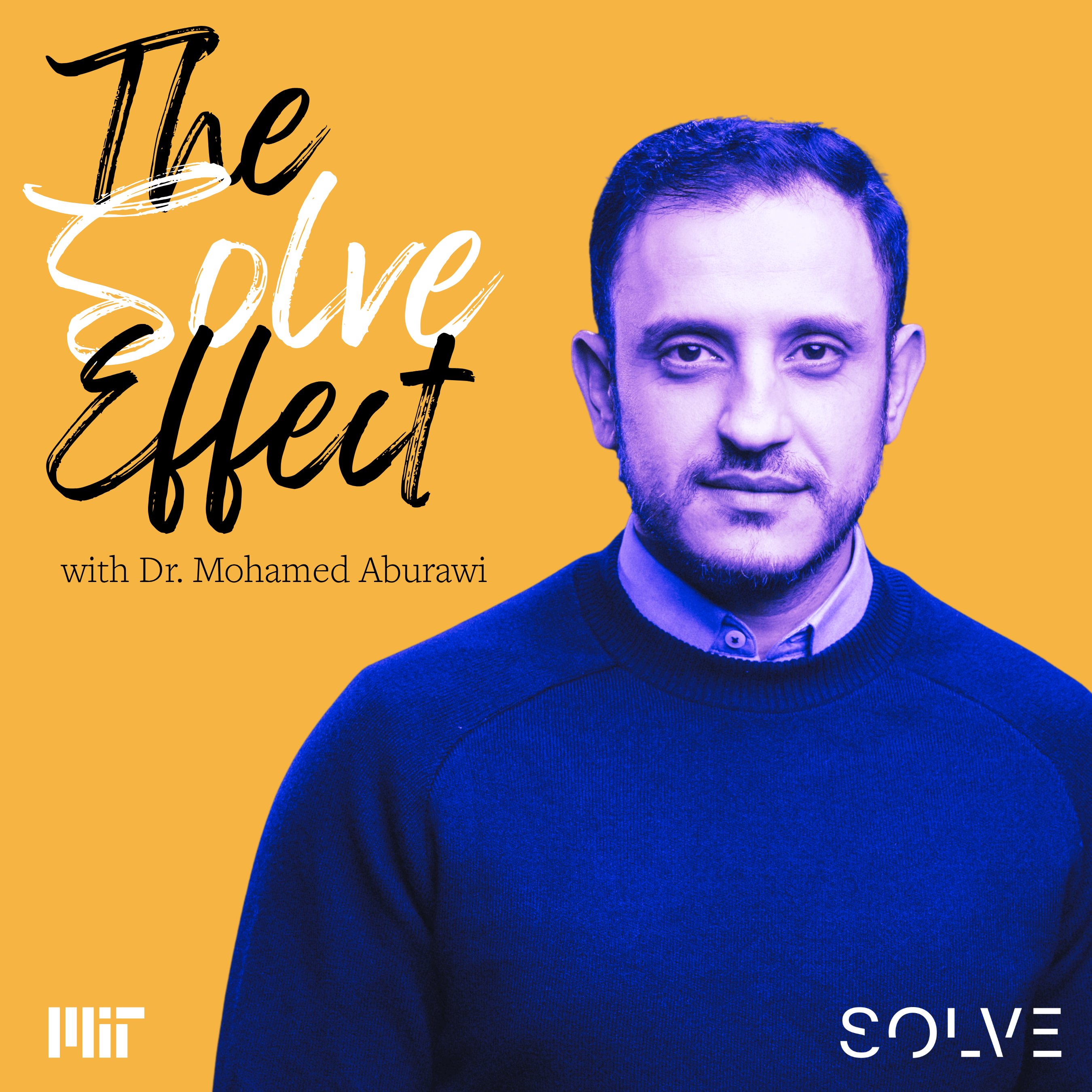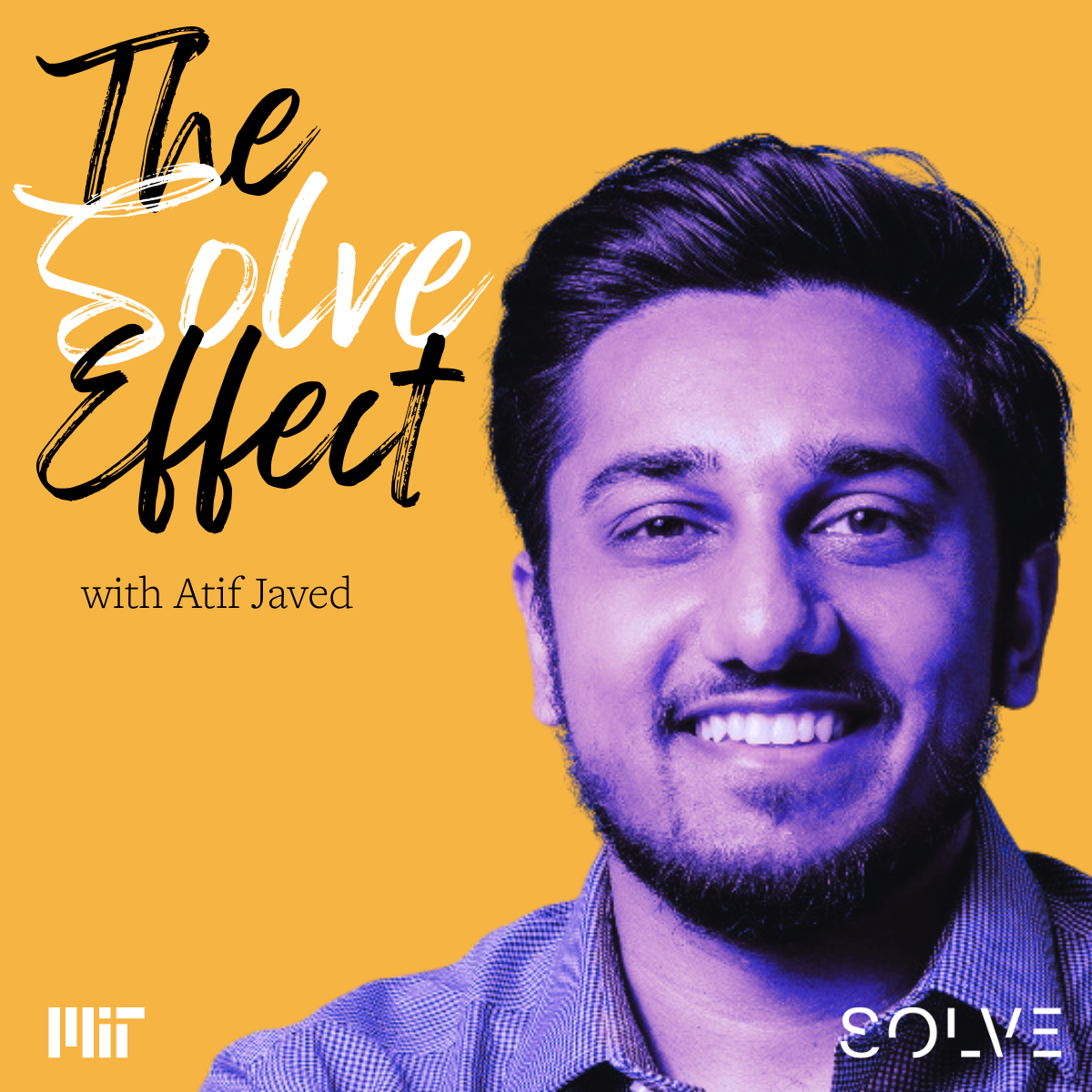
How Virtual Reality Can Save Your Mental Health
“When I studied clinical psychology, it became very evident to me that there’s a huge problem. One in four develops some kind of mental health problem in their lifetime, yet only one in three get any kind of treatment at all.” —William Hamilton, co-founder of Mimerse
William and his team founded Mimerse in 2014 with the mission of solving this problem by using virtual reality (VR) to become the world’s largest mental health provider and make treatment available to anyone, everywhere.
“I personally believe that VR will be the most important technology ever for mental health care,” said William.
For Mimerse, VR basically grants psychologists superpowers.
What types of VR apps can grant these powers? Here are a couple of examples of apps Mimerse has produced:
First, Itsy is an app for gamified arachnophobia exposure therapy. It uses VR to expose patients with fear of spiders to virtual spiders to help them overcome their phobia.
Mimerse tested Itsy in a randomized, controlled trial comparing patient outcomes against a real psychologist performing exposure therapy with real spiders. This was the first test of its kind in the world according to Mimerse, and the results showed that the patient outcomes were the same for the VR therapy and the real life therapy.
Second, Happy Place is a mindfulness, meditation, and relaxation app. It’s used by Sweden’s largest chain of pharmacies to help patients with pain distraction.
Itsy and Happy Place combined have been downloaded more than 40,000 times.
And now, Mimerse is working to build a platform for these types of therapies. It will be a single app where users can immediately start to get help for improving their mental health resilience and overall well-being. Users can download the platform in the same place they download their VR games or other VR content.
The platform will contain different kinds of modules. Some modules will offer self-help. Other modules will be intended for use with clinicians.
“Now is the time to start implementing and taking the power of this technology directly to those who need it,” said William.
Watch William pitch Mimerse at the Solve Challenge Finals in September in the Brain Health Challenge before becoming a Solver:
Read the solution application for Mimerse. Interested in partnering with them as they scale for global impact? Solve wants to hear from you. Reach out at solve@mit.edu.
William Hamilton pitches Mimerse at the Solve Challenge Finals in the Brain Health Challenge, September 17, 2017. (Photo by Samuel Stuart / MIT Solve)
Watch more from this series:
Previous post: Ruangguru Digital Bootcamp
Next post: UNTAPPED
Tags:
- Health
Related articles
-
A Visionary Healthcare Innovator: Dr. Mohamed Aburawi on Tech, Healthcare, and Impact Investing
In the newest episode of The Solve Effect, Dr. Mohamed Aburawi shares how building in crisis can spark innovation that lasts.
-
Powered by Purpose: E Ink’s ePaper Technology Takes Aim at the World’s Toughest Problems
Because it draws power only when an image changes—and none at all while static—ePaper reduces energy consumption by orders of magnitude. That single breakthrough unlocks net-zero transit signs, off-grid medical notebooks, and other applications that traditional screens simply can’t power sustainably.
-
The Solve Effect Podcast - Episode 4 - A Tech Maximalist: Atif Javed on Human Connection Through Technology
What happens when a childhood experience becomes the seed for a global movement? In this episode of The Solve Effect, host Hala Hanna sits down with Atif Javed, co-founder and Executive Director of Tarjimly, a nonprofit that connects tens of thousands of volunteer translators with refugees and displaced people worldwide.